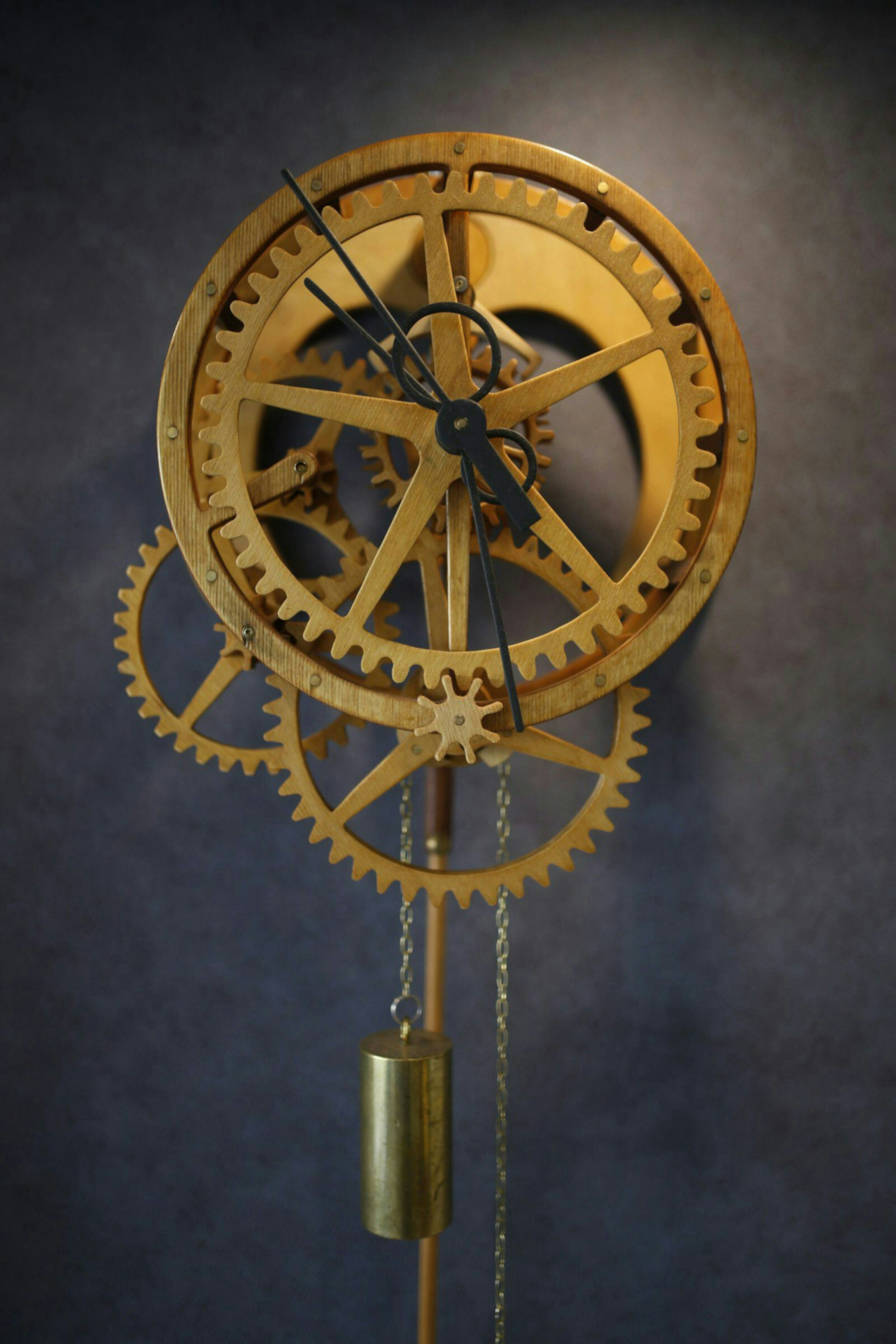Achieve detailed and responsive short-term demand plans with demand sensing.
12 February 2020
Every day companies are confronted with a universal and recurring pain point: poor forecasting. Demand forecasts are a crucial part of the planning process, and decisions based on them have repercussions all throughout your supply chain. By using demand sensing, poor forecasts can be turned into history.
For planners, the forecast is the foundation on which they make decisions, and these decisions affect the entire supply chain, including service levels, inventory and logistics costs.
Traditionally, demand plans are created using statistical forecasting models which are based on sales history data from the previous year. These plans are very accurate on a long- to mid-term horizon, but they are simply not good enough for fast-moving consumer goods (FMCG) industries.
FMCG companies need a more nuanced short-term forecast
FMCG companies must be able to make day-to-day adjustments to their replenishment plans, and they need to be able to pick up the daily, or even hourly, variations in demand. These short-term variations are impossible to integrate into traditional forecasting.
Therefore, FMCG companies need a more nuanced forecast to be able to anticipate and plan against demand variations that are going to happen in the next couple of days. This more nuanced forecast can be achieved using demand sensing – a technology that fine-tunes the forecast on the very short term.
Demand sensing allows for accurate and detailed short-term forecast
Demand sensing takes forecasting to the next level. By fine-tuning the demand plan on the very short term, it allows us to create a significantly more accurate, detailed and responsive short-term demand plan that adapts to the reality of the supply chain. The plan is based on what happened hours or days ago, or what is just about to happen – not on what happened last year.
Demand sensing integrates the latest demand signals by considering a wide range of near real-time data from the market and your supply chain. Additionally, it can break down this adjusted demand plan into daily buckets, which supports your planners in making immediate distribution decisions.
Three key benefits of demand sensing
Working with demand sensing, we can highlight three key benefits that generate a high impact.
Better service level: With demand sensing, you can close the gap between monthly demand plans and rapidly changing daily requirements, i.e. the gap between planning and execution. You can now have the right mix of products available at the right time, which directly improves your service level, while at the same time reducing stockouts and waste.
Lower inventory: With a more accurate forecast, you can lower your inventory. As there is no more need for high safety stocks, you can reduce your net working capital.
Better time efficiency for planners:Your planners are now free from the tedious task of supervising and manually adjusting the demand plan on the short term, and they can focus their efforts on more value-adding tasks.





